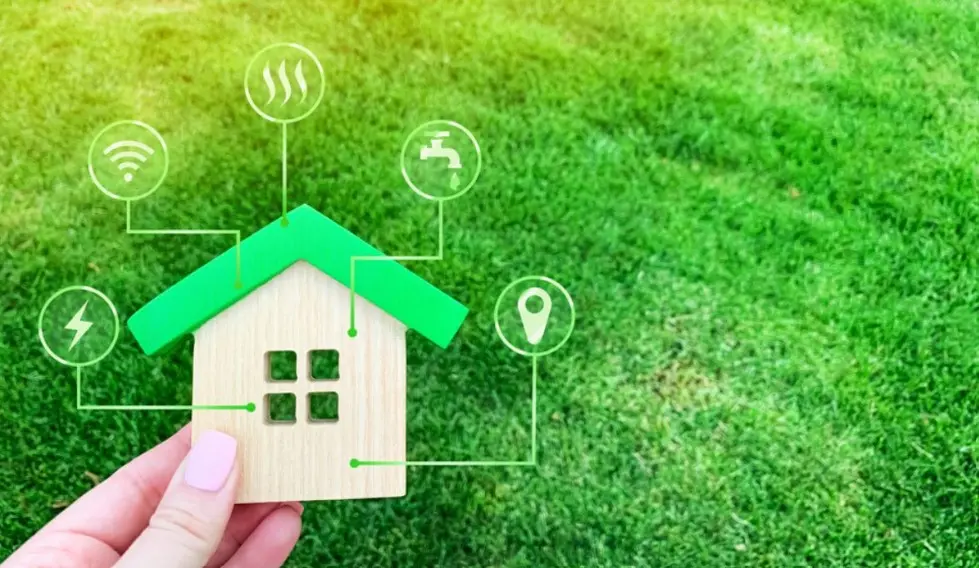Eco-friendly construction is no longer a niche area for enthusiasts. Today, it is a full-fledged segment of the real estate market with its own standards, technologies, and growing demand. Buyers and investors view eco-friendliness not as a nice addition, but as a basic requirement for housing.
What modern eco-standards include
Eco-friendliness in real estate covers the entire life cycle of a building: from site selection to construction waste disposal. The basis is formed by energy-efficient solutions: high-quality thermal insulation, energy-saving windows, and air recovery systems. Renewable energy sources are becoming an important element of construction: solar panels, heat pumps, and rainwater collection systems. As a result of their installation, it is possible to partially or completely provide a house with resources.
Materials are selected based on their minimal impact on the environment. Priority is given to local resources that do not require long-distance transportation and renewable materials such as bamboo or recycled wood. Toxic substances are excluded from finishing materials, which improves indoor air quality.
Landscape planning is focused on preserving the natural ecosystem of the site. Instead of lawns, gardens are created with local plants that require minimal watering. Drainage systems are designed so that rainwater does not overload the city sewer system.
It should be noted that in different climatic zones, the priorities of green construction for overseas real estate https://myestateinvest.com/en/ differ significantly. While in northern regions the main focus is on thermal insulation and energy efficiency of heating systems, in hot climates natural cooling and sun protection systems are critically important. An interesting approach to tropical eco-construction has been implemented in local real estate in Bali. Villas are designed with open floor plans that provide natural ventilation without air conditioning. Local materials are used: bamboo, teak, volcanic stone. Roofs are covered with vegetation, which lowers the temperature inside and provides additional insulation. Balinese projects are actively integrated into the natural landscape. Buildings are positioned taking into account the terrain and existing vegetation, minimizing interference with the ecosystem of rice terraces and tropical forests.
As for examples from northern regions, the Scandinavian countries are the most successful. Sweden and Norway are actively implementing zero-energy buildings. They are equipped with three levels of thermal insulation, triple-glazed windows, ventilation systems with heat recovery, and solar panels that fully cover the building’s electricity needs. In Denmark, neighborhoods with passive houses are becoming popular — houses that require almost no heating thanks to high energy efficiency standards. The use of geothermal heating is also widespread, which ensures a stable temperature in homes even during severe frosts.
In Canada, especially in provinces with harsh climates, “green” cottages with high thermal insulation are being built, and the “smart home” concept is actively used for efficient energy management. For example, the system automatically regulates the temperature depending on the presence of people in the room or weather conditions.
Eco-friendly real estate requires large initial investments, but pays for itself through operating costs. Energy-efficient homes consume 40-60% less electricity, which provides significant savings as tariffs rise.
Also Read-Ana Zirojevic: Unraveling Era of Finance & Cryptocurrency


